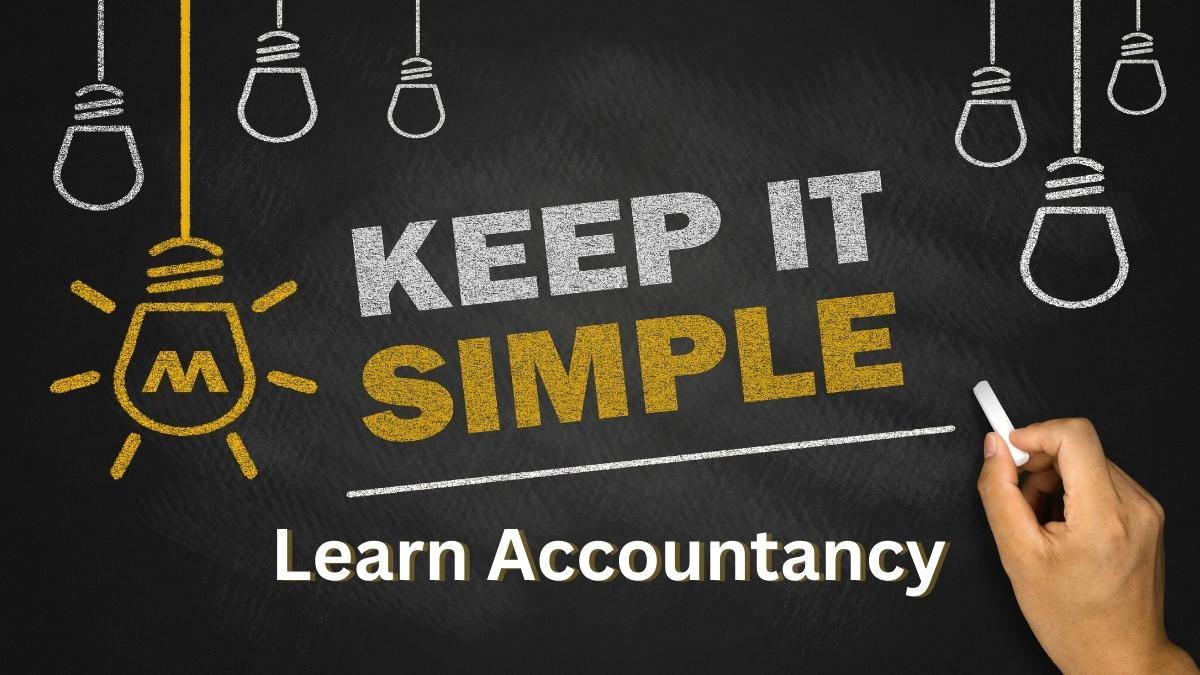A father had two sons and a daughter. He had a restaurant. The restaurant was running well. He was living a comfortable, if not wealthy, life with his family. He enrolled his sons in average schools. The elder one was intelligent and was doing well in his studies, and the younger one was below average. He could pass the exams with difficulty. Both of his sons grew with the passage of time. His daughter also grew. However, she studied at a convent school.
It was now time for his sons and daughters to marry. He called his elder son, who was bright in school and well-paid, and asked for financial assistance in marrying the daughter first. The father calculated the wedding costs for his daughter and came up with a figure of 12 lacs.
He asked his elder son for 6 lacs as his share of the 12 lacs. He stated that the remaining 6 lacs would be contributed by himself and his younger son, who was working with him.
Whatever a father had was his capital. This could be called “Father’s Capital.” Any account that is in the name of a living or dead person is called a “personal account.” Similarily, the elder son also contributed out of his capital. It was Son’s capital account. It too is a personal account.
The rule for personal accounts is “debit the recipient and credit the giver.” The son gave his contribution to his father and passed the entry in his books of accounts as
- FATHER A/C ———-DEBITED
- BANK A/C————–CREDITED
Father passed the following entry into his books of accounts:
- BANK A/C ————DEBITED
- SON’S A/C————CREDITED.
Now, the father has hired a caterer and has paid 3 lacs for catering services.
He passed the following entries:
- CATERER A/C————DEBITED
- BANK A/C—————-CREDITED
The caterer made the following entry in his books of accounts:
- BANK A/C—————DEBITED
- FATHER’S ACCOUNT—–CREDITED
The father then spent another three lacs on a banquet hall. He made the following entry in his books of accounts:
- BANQUET HALL OWNER’S A/C————DEBITED
- FATHER’S A/C———————————CREDITED
Now we are familiar with personal accounts. They can be summarised as
- FATHER’S A/C
- SON’S A/C
- CATERER’S A/C
- BANQUET HALL OWNER’S A/C
Just to repeat, the rule for personal accounts is to “debit the receiver and credit the giver” in the books of respective parties.
Now if you have seen bank account has been debited and credited. What is the nature of this account? This is a real account. For the sake of simplicity, all assets are real-natured accounts. The following shall make it more clear.
- FURNITURE
- BUILDING
- CASH
- FIXED DEPOSITS
- CASH AT BANK
- TOOLS
- IMPLEMTNS
- FIXRURE
- FITTING
- CAR
- DEBTORS
and so on.
The rule for a real account is “debit what comes in and credit what goes out.”
Now, analyse the first entry: when the father received money from his son.
There were two accounts in his books of account, namely
- SON’S A/C ——————————– PERSONAL
- BANK A/C———————————REAL
In his books of accounts, son is the giver, so he needs to be credited.
In the bank account, funds have come in, so it got debited. Hence the entry in his books of account would be:
- BANK A/C——————–DEBITED
- SON’S A/C——————–CREDITED
Similarly, when the father paid 3 lacs to the caterer, there are two accounts in the caterer’s books of accounts, namely
- FATHER —————-Personal in nature
- BANK ——————- Real in nature
Father is the giver in his books of accounts, so his account must be credited. Funds are coming into the bank; hence, this account needs to be debited, and the resultant entry in his books of accounts would be;
- BANK ACCOUNT—————–DEBITED
- FATHER’S ACCOUNT————CREDITED.
Now, we come to the last type of account.
Father has already spent three lacs on catering and three lacs on the banquet hall. Payments towards these can be taken as expenses towards
- FOOD
- RENT
Both of these are expenses for the father.
Both of these are sources of income for the caterer and banquet hall owner.
Remember, all the accounts related to income and expenditure are termed “nominal accounts.”
The rule for nominal accounts is “debit all the losses and expenses and credit all the incomes and gains.”
From the father’s perspective, the amount spent on food is an expense, as is the rent paid for the banquet hall. Father’s books contain three accounts, namely:
- FOOD —————————- NOMINAL IN NATURE
- RENT —————————– NOMINAL IN NATURE
- BANK —————————- REAL IN NATURE
Expenses will be debited. Funds have gone out, so this account needs to be credited. Therefore, the resultant entry would be
- FOOD A/C——————————–DEBITED
- RENT A/C———————————DEBITED
- BANK A/C———————————CREDITED.
Hopefully, you have understood the types of accounts we have.
- PERSONAL
- REAL
- NOMINAL
We shall continue to learn how to make entries in the books of accounts without any problem.
